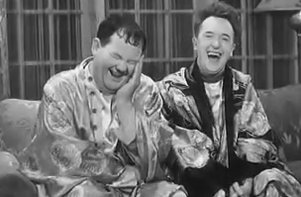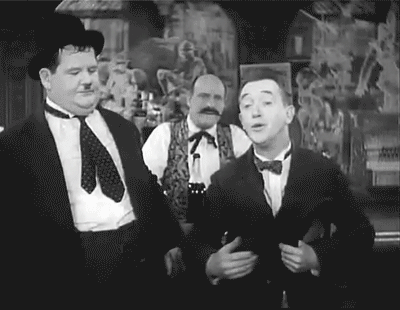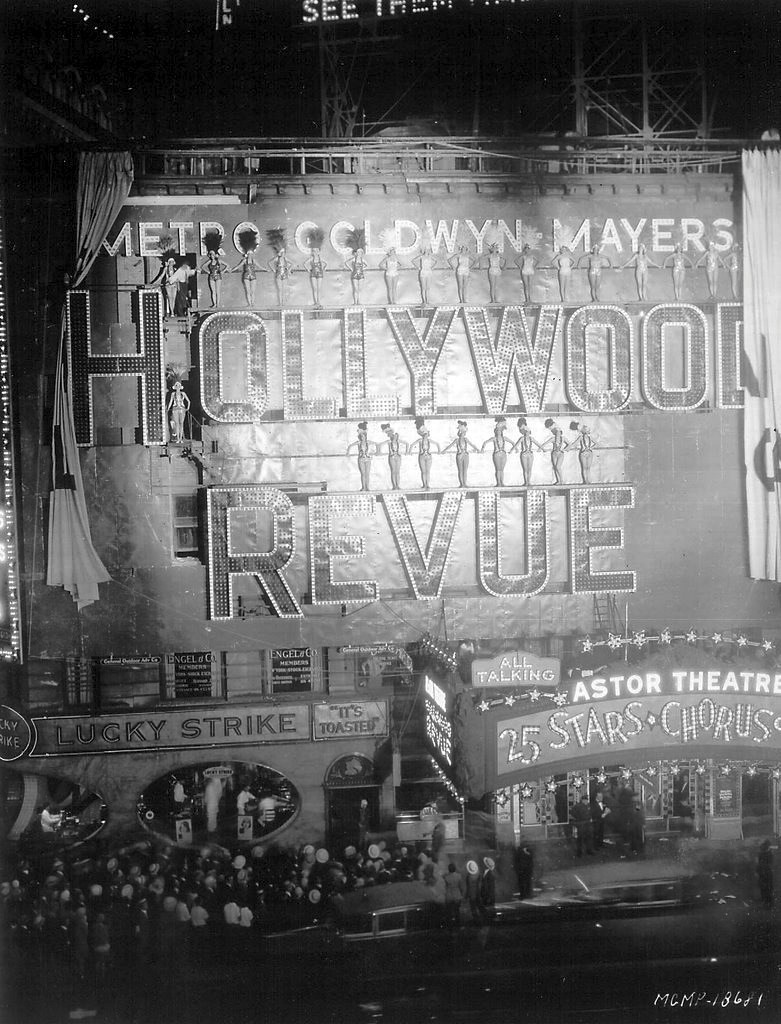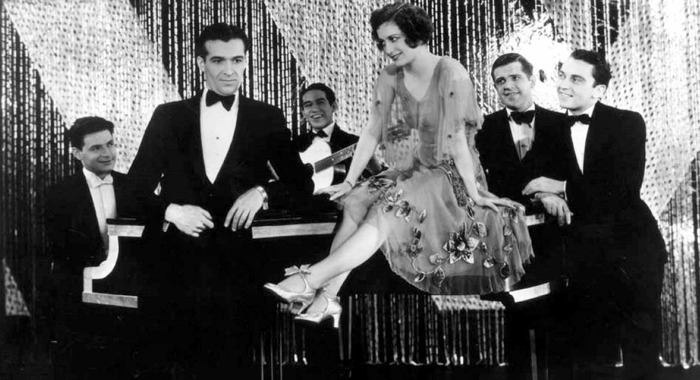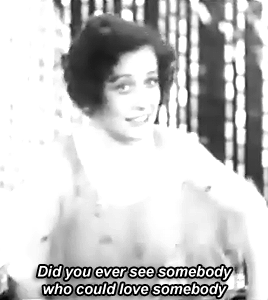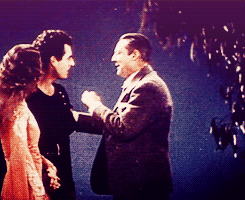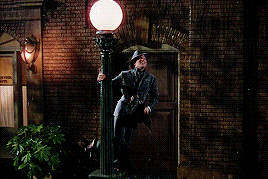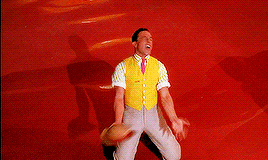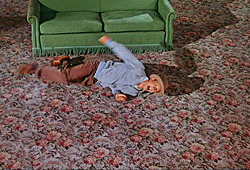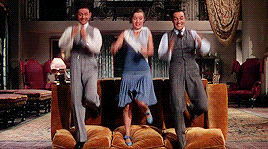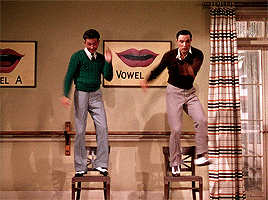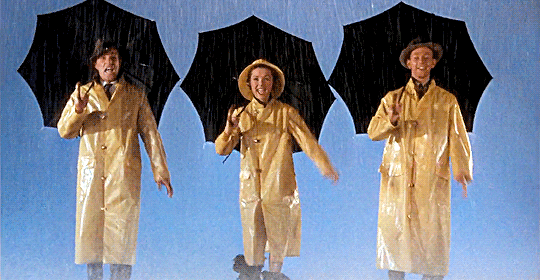Está provado que os anos 60 foram a
Era de Ouro dos filmes live-action na
Disney. “Mary Poppins” (1964) pode ter sido o mais bem-sucedido deles,
inclusive no Oscar, e é também aquele que as pessoas se lembram com mais
carinho. Mas houve muito, muito mais filmes live-action,
e eles eram veículos ideais para dois tipos de atores: os experientes e
simpáticos, e os novatos talentosos.
It is proved that the 1960s were the Golden Age of
Disney live-action films. “Mary Poppins” (1964) may have been the most
successful from the batch, even Oscar-wise, and also the one people remember
with more fondness. But there were many, many more live-action movies, and they
were ideal vehicles for two kinds of performers: experienced and sympathetic
ones, and talented newcomers.
Em “Nunca é Tarde para Amar” (1966),
a performance mais simpática é do protagonista Fred MacMurray, mas temos também
Vera Miles, Lillian Gish e Charlie Ruggle. E o novato talentoso era um menino
de 15 anos que havia acabado de ser contratado pela Disney. Seu nome era
Kurt Russell.
In “Follow Me, Boys” (1966), the most prominent
sympathetic performance is lead Fred MacMurray, but we also have Vera Miles,
Lillian Gish and Charlie Ruggles in the cast. And the talented newcomer was a
15-year-old boy who had just been hired by Disney. His name was Kurt Russell.
Lemuel ‘Lem’
Siddons (MacMurray) quer ser advogado. Mas há
uma grande distância entre o que queremos ser e o que devemos ser. Enquanto ele
não vai para a faculdade, Lem tem outros empregos. Quando o conhecemos, ele é
saxofonista de uma banda, mas ele logo muda de emprego quando chega à
cidadezinha de Hickory. Lem decide ficar por lá e trabalhar como vendedor. E
então ele consegue um segundo emprego, como chefe de escoteiros voluntário.
Lemuel ‘Lem’ Siddons (MacMurray) wants to be a
lawyer. But there is a great distance between what we want to be and what we
are supposed to be. While he can’t go to college, Lem has some odd jobs. When
we meet him, he is playing saxophone in a band, but he quickly change jobs when
he arrives in Hickory, a very small town. Lem decides to settle down and work
as a sales clerk. And then he gets a second job, as a volunteer scoutmaster.
O dono da loja é John Everett Hughes
(Charlie Ruggles). A ideia de criar uma tropa de escoteiros é dada em uma
reunião local como forma de tirar os meninos das ruas. Muitos garotos gostam da
ideia e se juntam à tropa – exceto o garoto mais problemático da cidade, Whitey
(Kurt Russell). Ah, e há também a adorável Vida Downey (Vera Miles) e seu
namorado ambicioso, Ralph (Elliott Reid), que quer confiscar a propriedade da
idosa Hetty Seibert (Lillian Gish). Hetty empresta a propriedade para que os
escoteiros tenham onde se reunir.
The store’s owner is John Everett Hughes (Charlie
Ruggles). The idea of creating a boy scouts troop was given in a local reunion
as a way to taking the boys off the streets. Many boys like the idea and join
the Boy Scouts troop – except the local troublemaker, Whitey (Kurt Russell).
Oh, there is also lovely Vida Downey (Vera Miles) and her ambitious beau, Ralph
(Elliott Reid), who wants to take a land property from elder Hetty Seibert
(Lillian Gish). Hetty lets the Boy Scouts reunite in
her property.
O filme começa em 1930 – há inclusive
um cinema anunciando um filme de Carole Lombard, com quem Fred MacMurray
trabalhou no começo da carreira. Mais tarde, o tempo salta para 1944 e há uma
sub-trama de guerra – alternando entre comédia e um pouquinho de drama. Em uma
manobra clássica da Disney, descobrimos que Whitey, o problemático, é na
verdade um bom menino, e ele recebe muita ajuda de Lem.
The film starts in 1930 – there is even a theater
marquee announcing a movie with Carole Lombard, with whom Fred MacMurray had
worked early in his career. Later on, the film jumps to 1944 and there is a war
subplot – that alternates between fun and a little drama. In a classic Disney
maneuver, we find out that Whitey, the troublemaker, is actually a sweet boy,
and he receives a lot of love and help from Lem.
Como dito anteriormente, Kurt Russell
tinha 15 anos quando “Nunca é Tarde para Amar” foi filmado. Ele fez mais 9
filmes para a Disney nos 10 anos seguintes. Russell, MacMurray e a jovem
estrela Hayley Mills eram provavelmente os mais bem-sucedidos atores nos filmes
live-action da Disney nos anos 60. Sem dúvida, Russell se deu melhor que Mills
com o passar do tempo – e ele continua trabalhando sem parar!
As said before, Kurt Russell was 15 when “Follow
Me, Boys” was shot. He went on to make 9 more movies for Disney in the
following 10 years. Russell, MacMurray and young star Hayley Mills were
arguably the three biggest and most successful players in live-action Disney
films in the 1960s. Without a doubt, Russell fared better than Mills as he grew
up – and he continues working steadily!
“Nunca é Tarde para Amar” apresentou
uma canção, com o mesmo título do filme, que é uma deliciosa música chiclete –
e ela foi escrita pelos irmãos Sherman, responsáveis pelas canções de “Mary
Poppins”. O filme foi também o último a estrear antes da morte de Walt Disney –
ele faleceu duas semanas após a estreia.
“Follow Me, Boys” presented a song, with the same
title as the movie, that is a pleasant earworm – and the song was written by
the Sherman brothers, also responsible for the songs in “Mary Poppins”. It was
also the last film released before Walt Disney’s death – he passed away two
weeks after the premiere.
“Nunca é Tarde para Amar” é um filme
para a família, e certamente agrada a todos os membros de uma família. Fred
MacMurray tem carisma e também tinha experiência como escoteiro... bem, ao
menos quando ele era criança. Com um elenco misturando talentos jovens e
experientes, “Nunca é Tarde para Amar” é uma graça – e provavelmente te deixará
com vontade de ser escoteiro!
“Follow Me, Boys” is a family film, and is certain
to please all members of a family. Fred MacMurray has charisma and also had
experience as a Boy Scout… well, as a child, at least. With a cast mixing young
and experienced talents, “Follow Me, Boys” is a delight – and it’ll probably
leave you wanting to be a Scout!
This is my contribution to the Kurt Russell blogathon, hosted by Gill at Real Weegie Midget Reviews.





